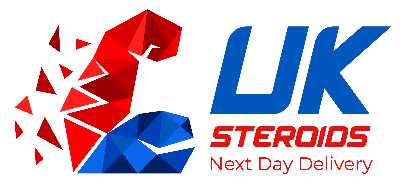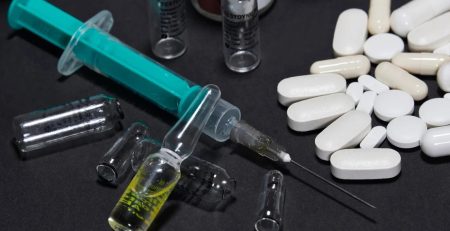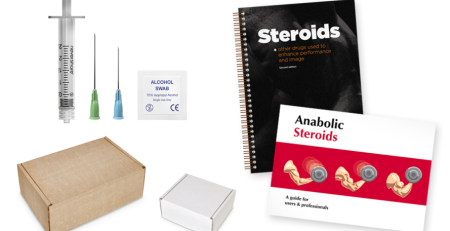Growth Hormone Protocol for Fat Loss
History of GH and fat loss
Growth hormone (GH) is a very powerful fat mobilizer that has been studied by scientists since the 1920s when early animal experiments showed that treated animals from the pituitary were consistently slimmer than untreated control animals. But it wasn’t until 1945, when GH was first isolated from the pituitary, that researchers started to conclusively link the pituitary’s effects on fat mobilisation to this polypeptide.
lipolysis
The physiological process known as lipolysis breaks down stored triacylglycerol to produce fatty acids, which the body uses as an energy source. Triacylglycerol is hydrolyzed into fatty acids and glycerol and then released into the bloodstream for oxidation and ATP synthesis. Triacylglycerol is stored within the lipid droplets of adipocytes. Understanding the distinctions between mobilisation and oxidation will be crucial, but a thorough examination of lipolysis is outside the purview of this essay.
The relationship between GH and fasting and the stress hormone
By its very nature, GH is a stress hormone and stressful activities like fasting and exercise increase endogenous production. But for the remainder of this post, we’ll concentrate more on how GH functions while people are fasting and how it relates to those who want to get the most out of the lipolytic potential of their exogenous GH stack designs. About six hours after eating, the fasting (postabsorptive) phase begins. During this time, the body’s main goals are to provide, convert, and preserve fuel substrates. Endogenous GH secretion is significantly increased at this time and may continue for 48–72 hours. In contrast to the frequency of the pulses and inter-pulse trough levels, the increase of released GH is directly correlated with pulse amplitude. While levels of catabolic hormones all rise during fasting, GH is the only anabolic hormone that increases.
Maximum Lipolysis rate
Is there a real (or hypothetical) cap on the rate at which lipolysis will occur as we strive to build a stack that optimises its potential? We truly do have a solution, at least in terms of the maximum pace at which GH delivered intravenously may induce lipolysis. This dosage, which corresponds to an average peak GH concentration of 32.4mcg/litre, was discovered to be about 3mcgs/kg. The dosage was not dependent on gender or age and is about 1.2 to 1.5 IUs for a 100 kg lean guy. Any dosage over this does not truly have a bigger effect on lipolysis. Unexpectedly, this also represents the maximum amount of endogenous, spontaneously occurring secretory bursts. This is thought to be a restriction or bottleneck brought on at least in part by the extra-renal clearance rates in combination with the levels of circulating GHBP.
Combinatory Synergies
We would do well to select substances that have the potential to have cumulative or synergistic effects upon one another when constructing a fat loss stack that enhances lipolytic potential. We already covered a few of the many methods by which GH exerts its lipolytic effects. The beta-adrenergic receptors are involved in one of its important routes. Therefore, it makes sense that if we can improve the beta-sensitivity pathways and/or expression, we would be able to further enhance the lipolytic response to our stack. Androgen receptors, which are found in adipose tissues, allow androgens to directly cause powerful lipolytic actions. Androgens have also been proven to stimulate beta-adrenergic receptor expression, which is interesting in and of itself because it is a distinct mechanism that GH employs. This might be a powerful synergy in our stack design techniques because I’ve already highlighted how increasing the number of linked receptors in adipocytes could boost sensitivity and eventually lipolytic capacity.
Applications in real life and a sample stack design
Now that the background information has been cleared up, how would one go about creating a stack and delivering hormones? I believe it is obvious that while taking a GH dose, one will want to be fasting. Although, unlike endogenous GH, the lipolytic effects of rHGH are not completely muted in the presence of meals, breaking this rule would be a grave mistake.
A single 2IU GH injection would be produced by following the fasting rules and using a dosage that is intended to provide the greatest lipolytic effect. Since we would likely already be fasting, performing this as soon as we wake up in the morning would be ideal for us. This would be a suitable strategy to employ for the injection because subcutaneous injections have a longer clearance period, especially if you want to stay fast for many hours after the injection. I would also think about engaging in organised activity (either in the form of LISS or weight training) during this starving window for a potential added influence on fat mobilisation rates.












Leave a Reply